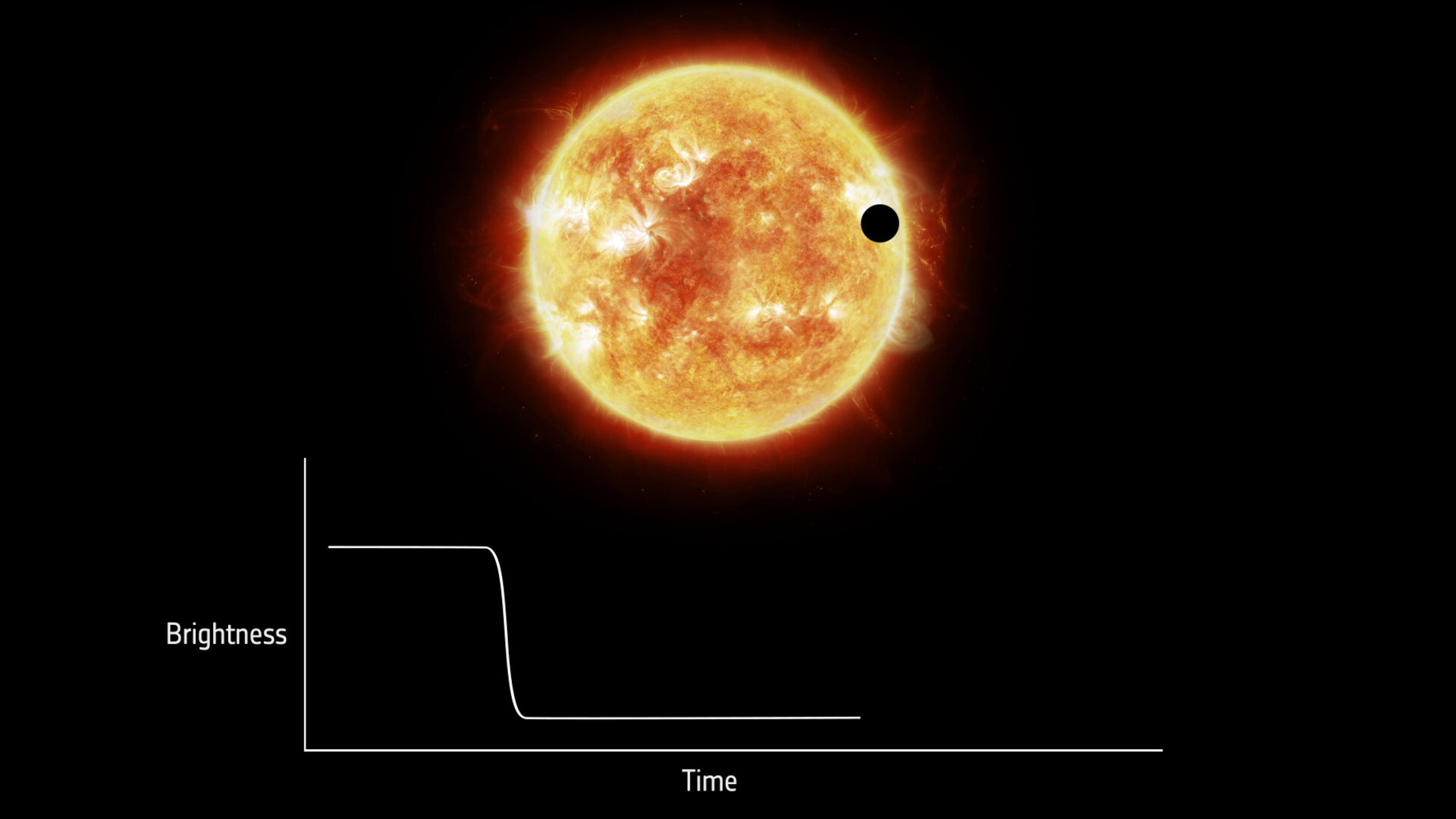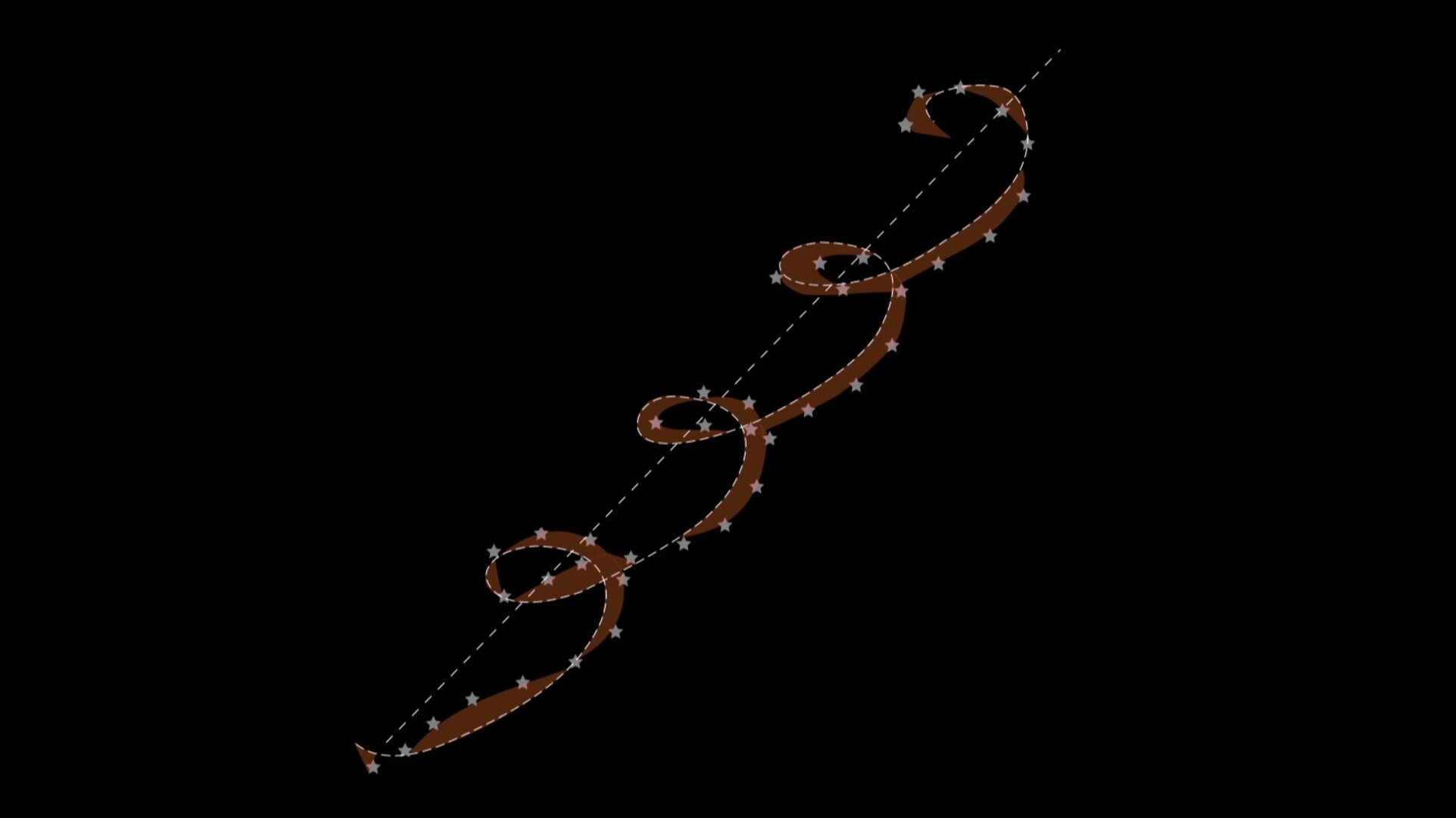How to detect exoplanets
With all eyes on exoplanets, the Teach with exoplanets educational page hosts a variety of curricular STEM resources using exoplanets as the learning context. These resources can be used in and outside the classroom to engage primary and secondary students in STEM subjects by building on their natural curiosity for space and exoplanets in particular.
In 1995, Michel Mayor and Didier Queloz announced the first discovery of a planet outside our Solar System. In 2019, these two scientists received the Nobel Prize for Physics. 51 Pegasi b was the first planet detected orbiting a Sun-like star. This sparked the hunt for other exoplanets; since then over 4 000 exoplanets have been found in our home galaxy. More exoplanets are still being discovered, with different sizes, types and orbits that are piecing together the puzzle that can teach us about planet formation and our own origins. Various missions are planned to search for new exoplanets and study known ones. New observations may help us answer the eternal question of whether are we alone in the Universe.
ESA’s new satellite to study known exoplanets in-depth is CHEOPS (CHaracterising ExOPlanet Satellite). Its mission is to observe known exoplanets and characterise them by looking at the dip of stellar light caused by the planets’ transit of their host stars.


Access the video
Another technique to uncover exoplanets is monitoring tiny changes in a star's position and motion caused by the gravitational pull of one or more planets around it. ESA’s Gaia mission is performing an all-sky survey of the position, brightness and motion of over one billion stars in the Milky Way. Gaia will discover several new exoplanets that are undetectable by other telescopes.


Access the video
On the Teach with Exoplanets website teachers and educators will find hands-on activities, classroom resources, images, videos, infographics and animations related to the exploration of exoplanets.
Educators will also find useful background information about current and future ESA missions that aim to unravel the mysteries of exoplanets and find more foreign worlds.
Children can also learn more about exoplanets with Paxi, the ESA Education mascot, in this dedicated animation.


